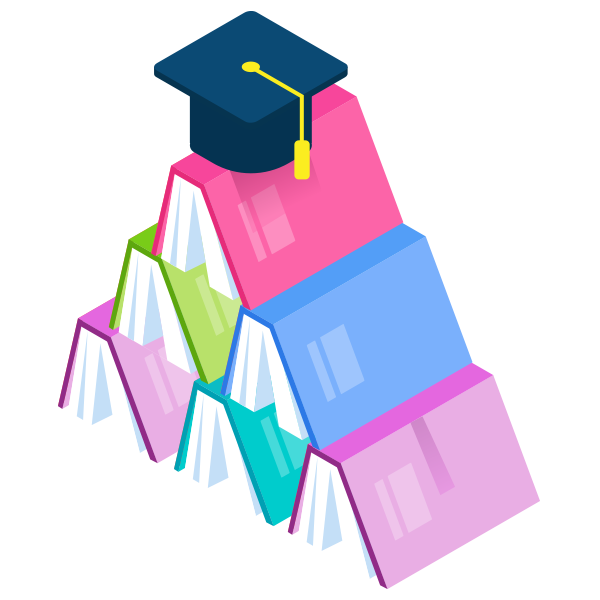Education
Ethnicity of pupils in Bexley schools 2020/21
| Ethnicity | % of pupils in primary schools | % of pupils in secondary schools | % of pupils in special schools | % of pupils receiving SEN support | % of pupils with an EHCP |
|---|---|---|---|---|---|
| Any other Ethnic group | 1.5 | 1.4 | 0.7 | 1.3 | 0.8 |
| Bangladeshi | 0.9 | 1 | 0.5 | 0.7 | 0.7 |
| Indian | 5.5 | 3.9 | 1.4 | 1.8 | 3.2 |
| Pakistani | 0.7 | 0.7 | 0.3 | 0.5 | 0.6 |
| Any other Asian background | 2.9 | 3.8 | 3.8 | 1.5 | 3 |
| Black African | 13 | 17.6 | 16 | 1.2 | 15.1 |
| Black Caribbean | 1.1 | 1.3 | 1 | 9.7 | 1.3 |
| Any other Black background | 1.4 | 2 | 4.1 | 1.4 | 2.8 |
| Chinese | 1.6 | 1.3 | 1 | 0.7 | 0.9 |
| Mixed - any other Mixed background | 3.6 | 2.4 | 3.1 | 2.7 | 2.8 |
| Mixed - White and Asian | 1.9 | 1.5 | 1.5 | 1.4 | 1.2 |
| Mixed - White and Black African | 1.8 | 1.4 | 2.1 | 1.6 | 1.3 |
Sources
- Pupils in all schools, by type of SEN provision, Explore Education Statistics, DfE - 2023/24
- Age and Gender, by type of SEN provision and type of need, Explore Education Statistics, DfE - 2023/24
- Free School Meals, Ethnicity and Language, by type of SEN provision and type of need, Explore Education Statistics, DfE - 2023/24
- NEET and participation: local authority figures, DfE - 2022/23
- Primary need, by type of SEN provision and type of need, Explore Education Statistics, DfE - 2023/24
- Qualifications of Working Age population, ONS - 2021
- Performance indicators, London Borough of Bexley & Ofsted inspection report
- Children registered for childcare funded entitlement and take-up rates, Explore Education Statistics - 2024
- Children registered for childcare funded entitlement by ethnicity and SEN provision, Explore Education Statistics - 2024
- Headline measures by deprivation for Boys and Girls, Explore Education Statistics, DfE - 2022/23
- Number of Schools & headcount, DfE - 2023/24
- Internal
- Primary and Secondary applications and offers, Explore Education Statistics, DfE - 2024/25
- Pupil characteristics - Number of pupils by age and gender, DfE - 2023/24
- Pupil characteristics - Number of pupils by Ethnic group and Language, DfE – 2023/24
- Pupil characteristics - Number of pupils by Free School Meal eligibility, DfE – 2023/24
- Primary performance, Compare School Performance Service - 2023
- Internal
- Key Stage 4 performance, DfE - 2022/23
- Pupils ethnic group by School Type, DfE - 2023/24
- Pupils ethnic group by SEN, DfE - 2023/24
- Progression to higher education or training, DfE, 2019/20
- Young people (aged 16 to 18) by education and training type, DfE - 2022/23
- Ethnic group of Young people in education or training, DfE - 2022/23
- Characteristics of young people not in education, employment or training (NEET), DfE – 2022/23


